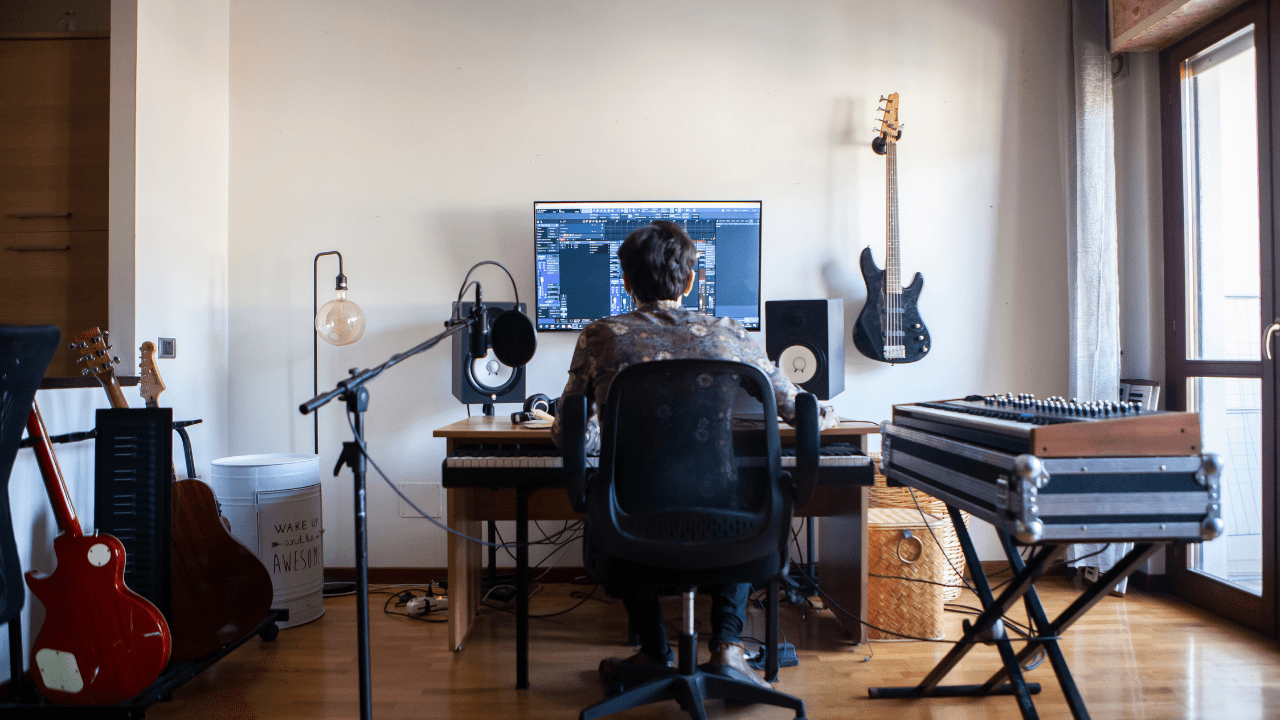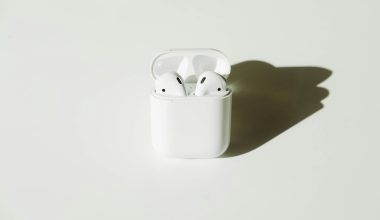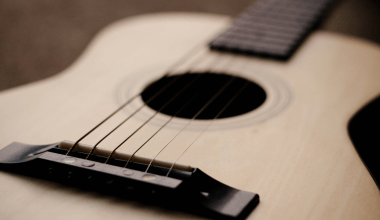If you’ve ever wondered why your favorite singers and podcasters sound so good, the secret often lies in their microphones. A vocal condenser microphone is like a magic wand for your voice. It makes your singing, talking, or storytelling sound clear and professional. Whether you’re recording music, hosting a podcast, or doing voiceovers, this type of microphone can bring out the best in your voice.
But what exactly is a vocal condenser microphone? How does it work? And how do you pick the right one? Don’t worry! By the end of this blog, you’ll have all the answers—and maybe even a new microphone on your wishlist.
What is a Vocal Condenser Microphone?
A vocal condenser microphone is a special type of microphone that’s great for picking up detailed sounds. It’s super sensitive, which means it can capture even the softest whispers or the subtle emotions in your voice. This makes it perfect for studio recording or any quiet environment where sound quality matters.
Think of it as a super camera for sound. Just like a camera captures all the little details in a picture, a condenser microphone does the same for your voice.
How Does a Vocal Condenser Microphone Work?
Here’s a simple explanation: Inside the microphone, there’s a thin piece of material called a diaphragm. When you speak or sing, sound waves hit the diaphragm, making it move. This movement creates an electrical signal, which gets turned into sound that can be recorded or amplified. It’s like turning your voice into a piece of art!
Why Choose a Vocal Condenser Microphone?
There are so many reasons why people love using a vocal condenser microphone, especially for recording vocals. Let’s explore a few:
- Amazing Clarity
These microphones are great at capturing all the details in your voice, from the deep tones to the high notes. - Wide Frequency Range
They pick up a variety of sounds, making your voice sound natural and rich. - Perfect for Controlled Environments
In a quiet room or studio, they perform like a dream. - Versatile
Great for singing, podcasts, audiobooks, or even ASMR videos!
Types of Vocal Condenser Microphones
Not all condenser microphones are the same. Here are the main types you should know:
- Large Diaphragm Condenser Microphones
- Best for: Singing and rich, warm sounds.
- Example: Neumann TLM 103, Audio-Technica AT2020.
- Small Diaphragm Condenser Microphones
- Best for: High-pitched sounds and fast-paced audio.
- Example: Rode NT5, Shure KSM137.
- Tube Condenser Microphones
- Adds a vintage feel to your voice. Think old-school charm!
- Example: AKG C12, Telefunken ELA M 251.
How to Choose the Right Vocal Condenser Microphone
Shopping for a microphone can feel overwhelming, especially with so many options. Here’s how to make it easy:
- Know Your Budget
- Beginner microphones can start as low as ₹5,000.
- Professional ones might cost ₹1,00,000 or more.
- Think About Your Needs
- Are you a singer? Podcaster? Voice actor? Pick a mic that suits your work.
- Test It If You Can
- Try it out before buying. Hearing is believing!
- Read Reviews
- Check what others are saying about the microphone you’re interested in.
Top 5 Vocal Condenser Microphones in 2024
If you’re unsure where to start, here’s a list of some of the best microphones out there:
- Audio-Technica AT4040
- Known for clear and crisp sound.
- Neumann TLM 102
- A favorite among professionals for its detailed audio.
- Rode NT1
- Budget-friendly and perfect for home studios.
- Shure SM27
- Great for both singing and spoken word.
- AKG C214
- Affordable but delivers professional-quality sound.
Using Your Vocal Condenser Microphone Like a Pro
To get the best sound from your microphone, follow these tips:
- Use a Pop Filter
This stops harsh “p” and “b” sounds from ruining your recording. - Position It Correctly
Keep it about 6–12 inches away from your mouth for clear audio. - Control Your Room
Record in a quiet place, preferably with some foam or blankets to reduce echo.
FAQs About Vocal Condenser Microphones
Q: Do I need a professional studio to use a condenser microphone?
A: Not at all! You can use it at home; just find a quiet space.
Q: Why do condenser microphones need phantom power?
A: They need a small amount of power to work, usually provided by your audio interface.
Q: Can I use it for live performances?
A: Yes, but dynamic microphones are usually better for live shows because they’re more durable.
Caring for Your Vocal Condenser Microphone
Your microphone is an investment, so take good care of it:
- Keep It Clean: Wipe it gently after use.
- Store Properly: Use a case to protect it from dust and moisture.
- Avoid Dropping It: Handle with care to avoid damaging sensitive parts.
Why a Good Microphone Matters
A vocal condenser microphone can make a huge difference in your recordings. It helps bring your voice to life, making you sound more professional and polished. Whether you’re recording your first song or hosting your 100th podcast episode, the right microphone is like having a supportive friend by your side.
Let’s Wrap It Up
By now, you should feel confident about choosing and using a vocal condenser microphone. Remember, it’s not just a tool—it’s your partner in creativity. With a little practice, you’ll be making recordings that sound amazing and professional.
If you’re ready to start your journey, explore some beginner-friendly options like the Rode NT1 or Audio-Technica AT2020. You’ve got this!
Related Articles:
For further reading, explore these related articles:
- How Spotify Pays Artists: A Beginner-Friendly Guide
- Understanding Music Instruments Price – A Beginner-Friendly Guide to Picking Your Perfect Instrument
- Instruments Similar to Guitar: A Fun and Easy Guide
For additional resources on music marketing and distribution, visit Deliver My Tune.






